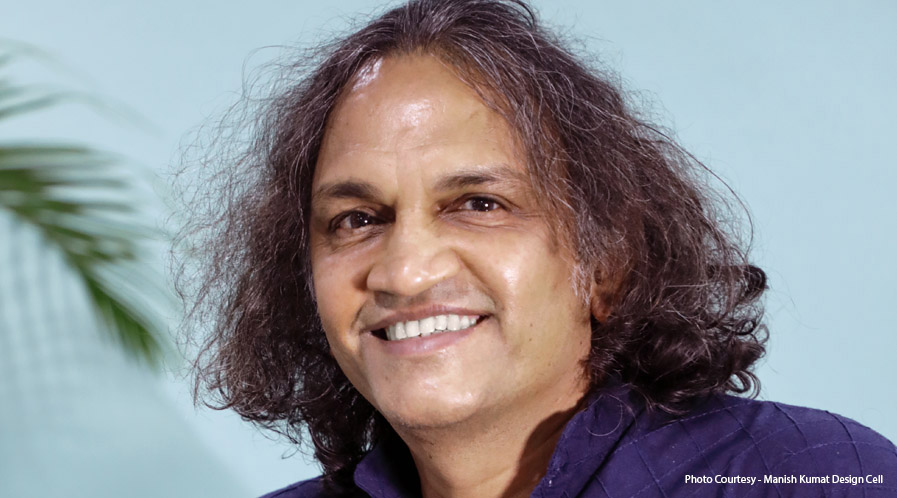Sustainable Washroom Design
Manish Kumat, Founder and Principal Designer, Manish Kumat Design Cell explains the strategies adopted by the firm in designing sustainable washrooms.
What are the key aspects of designing a sustainable/green washroom?
The first and foremost consideration in designing a sustainable/ green washroom is to preserve the last drop of water. This would come by being responsible to mother earth. Sustainability is an attitude, which gets imbibed in the self and the outcome is Green. For me the key aspects would be:
- Selection of faucet, by understanding the flow rate and getting the certificate from the company for the same.
- Selection of urinal by understanding the flow rate.
- Selection of WC on the basis of water consumption.
- Selection of showers and taps on basis of water flow per minute.
This would effectively mean, trying to curb water usage right at the source.
How do you go about selecting the materials and fixtures for a sustainable washroom?
As mentioned previously, the consumption of water, with all data provided by the manufacturer should be the criteria for selecting the fixture. For example, in our own office, we have used the urinal “Architect” from Duravit. The urinal senses the heat of urine and the flow gets activated thereafter. The flow rate is 1litre/flush as against 4litres/flush specified by green building norms. For the washbasin, we have used sensor-based taps from Toto which charge the battery with the inbuilt turbine. We have used RocaW+W which is a combined wash basin and a WC unit. Our office in turn is one of the most water-efficient buildings in the country as rated by EDGE from USGBC.
The luxury bathroom has stepped into the realm of a home spa and thus usage of energy and water has increased as well. How are you maintaining water and energy efficiency without compromising on the user experience?
I understand it is quite a complicated balance between energy and water efficiency vs the needs of lifestyle requirements. We are using solar energy to generate power in each of our projects. It involves an education process with the client. With the government offering net metering, we are able to generate power even on holidays and Sundays. The technology of solar power generation is ever-advancing and it helps in assisting a better lifestyle, without putting a great burden on the energy needs of the building. We have also utilised the root zone treatment of plants treating water to effectively use the last drop of water generated from washrooms. All our projects have mandatory usage of water harvesting of excess rainwater.
Uses of local materials add to the sustainability quotient of the washroom. How do you go about using local materials in your project?
We are extensively using many types of sandstones and limestones along with marbles in designing our washrooms. The use of these stones on walls with interesting motifs done by CNC adds a lot of character. The use of the same stone on the floor makes it non-skid compared to ceramic tiles. These materials are local and are available within 400 km of the location of the project.
The use of natural light and ventilation reduces the energy footprint of the washroom. How do you ensure this in your washroom design?
The washrooms in the projects designed by our office do not use any type of exhaust. All our washrooms are 24 hours naturally ventilated. The ventilators come with a security grill, ground glass louvres and a fly mesh. This also brings in abundant natural light inside the washroom.
Tags: Green Washroom, Kumat Design Cell, Luxury Bathrooms, Manish Kumat, RocaW+W, Sensor-based-Taps, Sustainable Washroom, Toto, Water Harvesting, Water-Efficient Buildings



